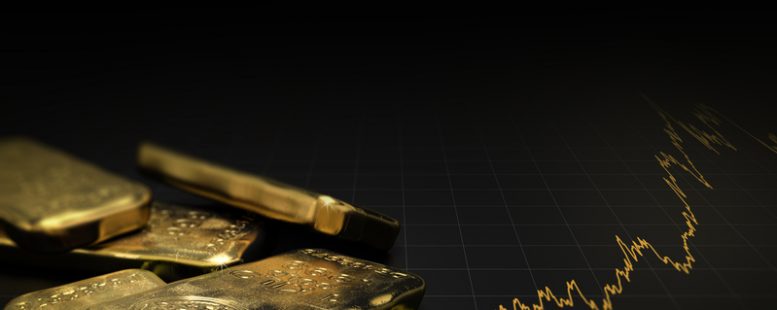Our Opinion: 2020
Inflation will return

The guardians of the world’s currencies have unleashed unprecedented monetary stimulus in response to the pandemic. The US Federal Reserve’s balance sheet has soared by about $3trn since March to over $7trn, more than one-third of US GDP. It could be close to $10trn by year’s end. At £700bn, the Bank of England’s balance sheet is worth roughly one-quarter of Britain’s national income. History evidences the strong correlation between monetary growth and inflation. Yet, markets and many economists are strikingly blasé about the risks.
For the moment inflation is slumbering. The annual pace of UK consumer price inflation (CPI) in May was just 0.5%, the lowest rate in four years. Month-on-month readings of core US inflation have fallen for three months running. And markets expect the pattern to continue. US bond prices currently imply that inflation will be below 1% over the next five years.
The argument runs that tumbling oil prices and mass unemployment make deflation the greater immediate danger. Some analysts fear that the developed world could follow Japan into stagnation. But energy markets will not remain oversupplied forever and consumer spending – artificially constrained by lockdowns – could roar back when restrictions are lifted. That demand surge will run into constrained supply as global supply chains struggle to ramp back up, resulting in higher prices. Within a year we could see that inflation is very much alive and kicking.
The extreme political, health and economic events of recent years mean that the future contains an extraordinarily wide range of possibilities, from a deflationary spiral to a return to 1970s stagflation. In the short- term inflation could be subject to a yo-yo effect: just look at how oil prices have alternately crashed and then staged a 100% rally in a matter of months. If inflation makes a comeback it may come not as a sudden spike, but as a gradual trend. Sceptics say that this view has been proved wrong before. The global surge in quantitative easing after the financial crisis did not trigger a sustained rise in inflation.
Yet, in 2020, two things are different. Firstly, the banks are in much better shape than they were in 2008, so extra cash seems more likely to be redirected into the real economy via loans rather than being used to plug massive holes in balance sheets.
Secondly, consumers’ debt is lower – indeed households have been paying down credit-card debt during the lockdown. That increases the chance of a spending surge once all of that pent-up demand can be released by economic re-opening.
Other trends also point towards a more inflationary 2020s. Globalisation has depressed the prices of many goods over recent decades, but the post-pandemic world is likely to be one where politicians and voters reject trade openness in favour of simpler and more local supply chains. That may bring more secure control over resources such as masks and medical equipment, but consumers will have to pay a premium for it.
Politics is at the heart of the inflationary outlook. Economists assure us that they know how to deal with inflation, but they forget that efforts to curb the price rises of the 1970s demanded painful interest rate rises. UK interest rates hit 17% in 1979. That triggered sharp recessions and mass unemployment. There would be little political appetite for a repeat today. Populists of left and right are not going to tolerate spending cuts or interest rate hikes. UK government borrowing this year is heading towards a peacetime record, but there is no appetite in the Conservative Party for a repeat of the austerity regime.
Another reason the path of least political resistance implies higher spending, borrowing and inflation is that the easiest way to get rid of huge debts is through a rise in the general level of prices. If public borrowing is to soar then an inflationary spike – which erodes the real value of debt – will suit the world’s finance ministers just fine over the coming decades.
In a time of soaring government spending and an expanding money supply gold looks like an attractive store of value. Investors need a hedge against currency debasement and gold fits the bill. It pays no interest, but in an era of negative government bond yields not many other ‘safe’ assets do either. The gold market may be set for a summer heatwave.
With state spending soaring and the money supply rising, gold could be a great store of value.
2nd July 2020
